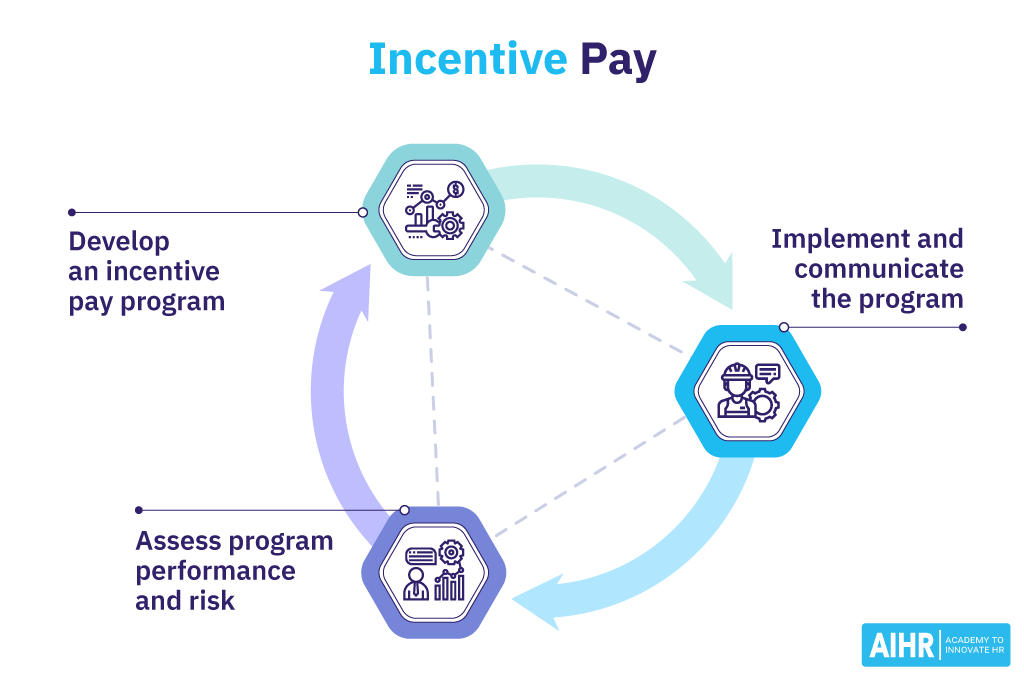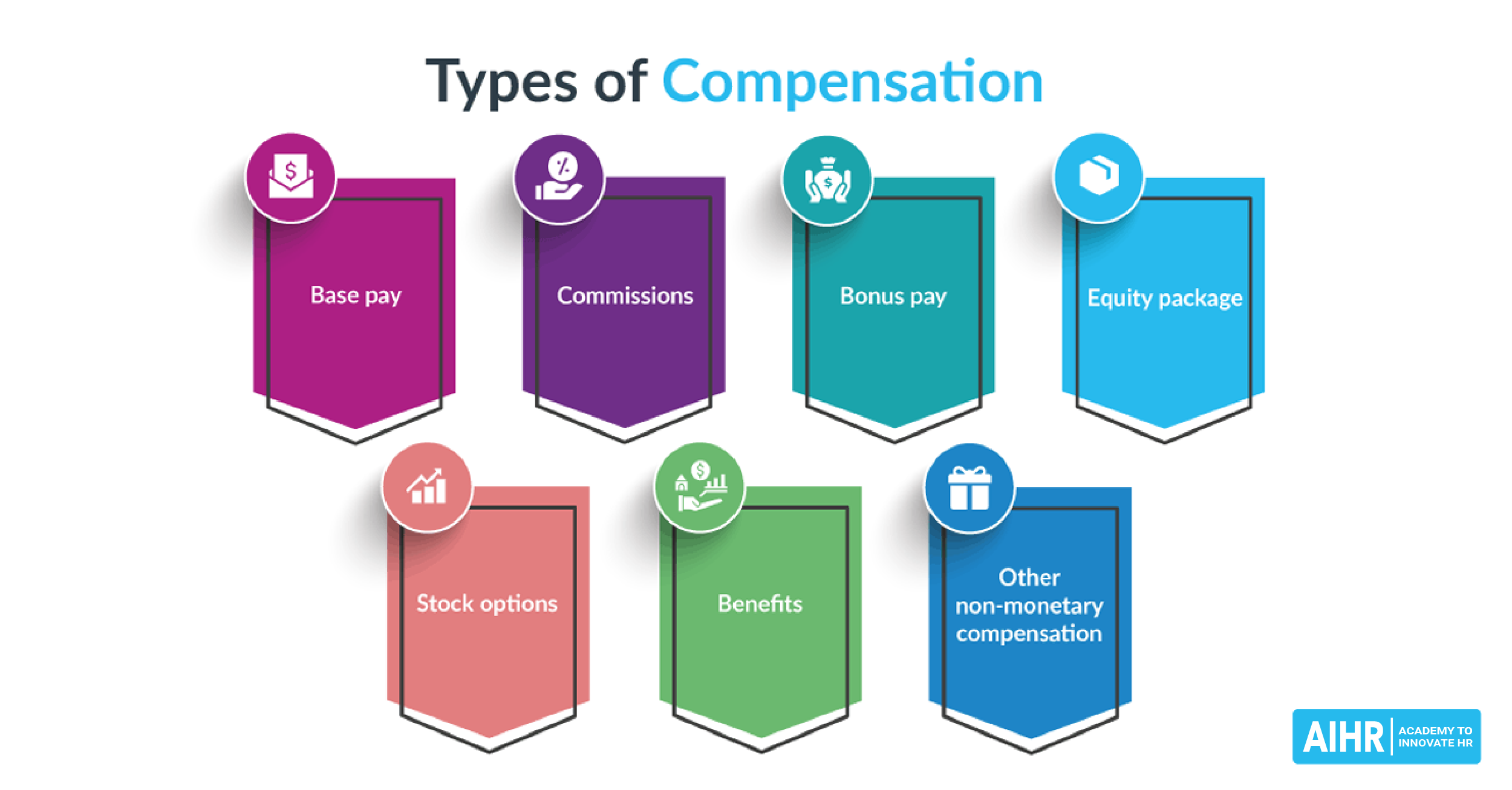Incentive Pay
What is incentive pay?
Incentive pay is a payment system that is based on rewarding employees for their performance instead of the number of hours that they work. The focus of incentive pay is to motivate employees to focus on outcomes as opposed to the amount of time that they work. This type of compensation, in turn, should increase productivity.
One of the most well-known forms of incentive pay is the commission that a sales team or an individual sales representative receives after each sale.
Incentives are not always monetary; they can also take the form of gift certificates, company equity, vacations, etc.
What are examples of incentive pay?
Some examples of incentive pay include:
- Cash
- Commission (received from a number of sales done)
- Vacation
- Paid time off
- Gift certificate
- Career development opportunities
- Travel incentives
- Stocks
- Any other incentive deemed by the organization to be appropriate and fair.
Is incentive pay a bonus?
No, incentive pay is not a bonus. There is a distinct difference between the two, and it is important to distinguish them as they elicit different responses from employees.
Bonus pay is backward-looking. After an employee reaches their goal, the amount is decided by management. It is also determined whether a bonus will be paid out or not (i.e., not guaranteed). The amount is often not known to employees beforehand, and it is not guaranteed.
Incentive pay is communicated beforehand. For example, a sales team would have a clear understanding of the amount of commission they would make per sale. And if a gift certificate is offered for certain goal achievement, this would be communicated upfront. If an employee achieves the goal, the associated incentive must be paid out as a guarantee.
Why do organizations offer incentive pay?
There are a few reasons why organizations offer incentive pay:
- Motivation – The idea behind incentive pay is that employees will be motivated to hit or even exceed their goals. Because the incentive is clear, an employee will likely go the extra mile to achieve their goals.
- Creates a culture of high performance – Because more employees are motivated as a result of incentive pay, performance increases, and so too is the general standard of work.
- Productivity – As employees are more motivated, it increases the general productivity of the workplace.
- Aligns with organizational strategy – Linking incentive pay to the goals and objectives of the organization is a great way to ensure business goals are met.
Disadvantages of incentive pay
- While incentive pay can be a great motivator, it can also cause employees to become self-interested. As a result, employees focus on the tasks needed to achieve the incentive, and this might be at the expense of the team.
- It can be costly if it is not done correctly. If every employee in the organization hits their incentive, it could result in greater output for your organization but also a really big payout for each employee.
- Incentive pay can cause overly competitive behavior. This might cause employees to hold on to certain information for themselves or not help colleagues who they might see as a threat to reaching their incentive.
What’s the difference between merit pay and incentive pay?
Both merit pay and incentive pay reward individual employees for their performance. Organizations offer incentive pay also to teams or all employees for achieving team or company goals.
While merit pay can also take the form of a merit increase, which is a permanent increase in pay, incentive pay is typically a one-off reward.
How to implement an incentive pay program
1. Develop an incentive pay program
To launch your incentive pay program, you need to:
- Set goals and objectives – Understand your organization’s needs and what the outcomes would be if an incentive pay program is implemented successfully.
- Analyze your organization – Determine the business units which would most benefit from an incentive program.
- Select the incentives per job category and department and link them to performance standards.

2. Implement and communicate the plan
Start implementing the plan, and tie it to a fixed period. You may want to start a trial in one department and then roll it out to the other parts.
Your communication plan should ensure every employee clearly understands the incentive pay program. Use a variety of communication channels to share information about the plan, and the program should be a regular part of performance discussions between employees and managers.
3. Assess plan performance and risk
Do periodic check-ins to understand if the incentive pay program is working. You do not want the incentive pay program to operate as an “expense” only. It should make your organization more effective and profitable. Look at the list of disadvantages above and see if any of them are manifesting in the organization and causing a risk.
As more feedback is received throughout the program, implement it. It is a good idea to do quarterly, bi-annual, and annual checks on the health of the incentive pay program. It’s very normal to revise the program in order to meet new organizational goals.







